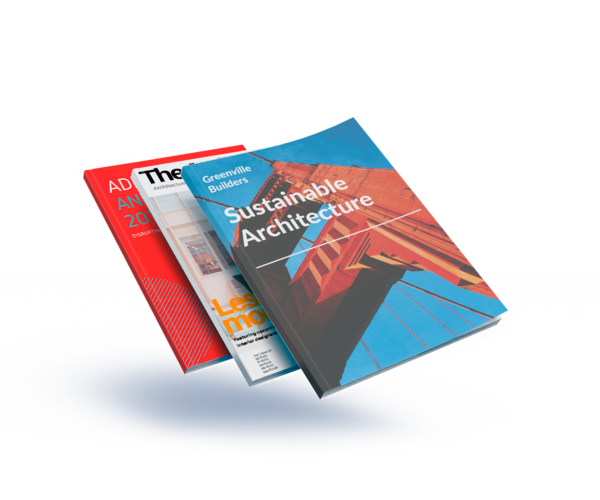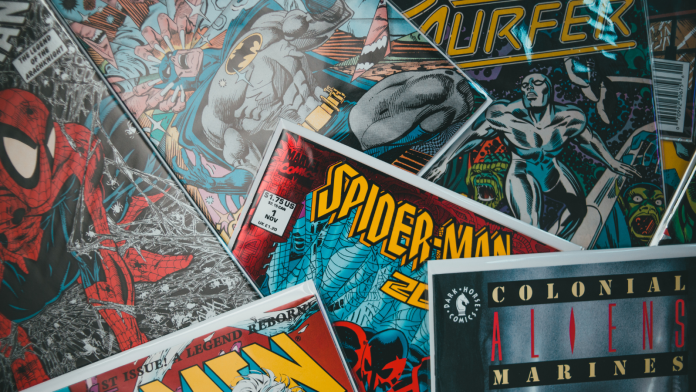A great comic book starts with a compelling script and meticulous storyboard. It sets the stage for the artistry, which brings the narrative to life through intricate drawings.
The final artwork is then transferred onto large sheets or a roll of paper and printed using all four colors simultaneously. Different types of papers are used based on the look and feel desired.
Table of Contents
Cover Design

The cover of a comic book is a critical component in its success. It needs to be aesthetically pleasing and convey its story clearly and excitingly. That is why it is essential to carefully select colors and fonts that are readable yet still fit the style of the comic book. In addition, it is essential to consider the amount of text on a comic book’s cover and how it is placed within the frame.
Visual storytelling uses images, panel layouts, and other elements to convey a story and character development. It is a very effective method for creating engaging and visually interesting comic books, and it has been utilized in many other forms of entertainment, including films and video games.
An excellent comic book requires an original idea. While many people want to become comic artists, creating something that stands out and is unique from the crowd is essential. It also helps to have a strong sense of purpose and understand who you are making your comic book for.
The story of your comic book should be professionally polished, and it is essential to plan printing runs intelligently. It means accurately understanding how much your comic book will sell and ensuring you have a sufficient supply to meet demand. It is also a good idea to join forces with other comic authors to cut down on production and distribution costs.
Cover Paper

The choice of paper will influence the look and feel of your comic book. The printing price is also impacted by the type of paper you choose. Make sure to consider this factor when deciding on your paper selection. For example, a glossy paper is more expensive than a matte paper. Depending on your desired results and budget, you can decide whether to opt for a glossy cover or matte pages.
The comic book medium encompasses various styles, from traditional superhero cartooning to autobiographical young adult novels and inked manga. However, the sequential storytelling tenets that make them an effective narrative commercial art form unite all comic book art.
Cover stock and text paper have different weights, with cover paper usually having a higher base weight than text paper. Cover stocks are available in various finishes, from smooth to embossed. Choosing a texture that matches the style of your comic book will enhance its appearance and durability.
If you’re printing a comic book, consider offset printing. This technology allows you to print in a broader array of materials, and it’s ideal if you’re planning additional processes such as foil stamping, embossing, or varnishing. Digital printing, on the other hand, is ideal if you’re working on a smaller print run and need to keep costs low.
Cover Layout
The cover of a comic book must be more than just a shiny lure to draw in readers. It must also set the tone and theme for the entire story arc. Whether it is the classic’ hero vs. villain’ theme or a more subtle ‘white picket fence’ style, each comic book should have an identifiable design thread consistent throughout its pages.
When choosing colors for your cover, ensure sufficient contrast so the reader can see your images. Using different shapes on your cover can bring out this contrast and add dimension to your art. How you distribute characters on the page can reinforce their roles within the story. Having your protagonist front-and-center and the antagonist off to the side may seem counterintuitive, but it can help keep the balance of your narrative in check.
Finally, your paper choice can affect the durability of your finished comic. You have the option to select either a glossy or a matte finish. Gloss is the brightest and most reflective, so it is the best option for highlighting your cover images. Matte is less reflective and has a natural appearance, so it can help save you money on printing costs while still providing a quality cover.
If you plan on publishing a series of comic books, consider opting for offset printing over digital printing to lower your cost per book. Offset printing allows for larger copies and gives your work a high-end, professional look.
Cover Binding
When you’ve finalized your book design, the next step is to select a binding style. Binding styles vary from the quick and inexpensive method of stapling comics to the more polished, professional spiral or adhesive binding look. The choice will depend on the type of material your comics are printed on and your budget.
The most common way to bind books is by stapling them together along the spine. It is the quickest and easiest method, but it could be more durable and aesthetically pleasing.
Spiral binding is a popular alternative to stapling, providing a durable and attractive finish for your comic book. Spiral binding is also less likely to come undone or damage the pages of your book, making it ideal for frequent use and handling.
Thermal or paper binding covers add a stylish finishing touch to your professionally bound book, and they’re available in various colors and textures. They’re also designed to be true flush-cut, so your book’s first and last pages align perfectly with the center sheets.
Some binding options, like perfect and PUR binding, glue your pages and cover to the spine using heat-activated tape. It gives your finished product a more elegant look and is typically used for softcover books, directories, or paperbacks with higher page counts.







